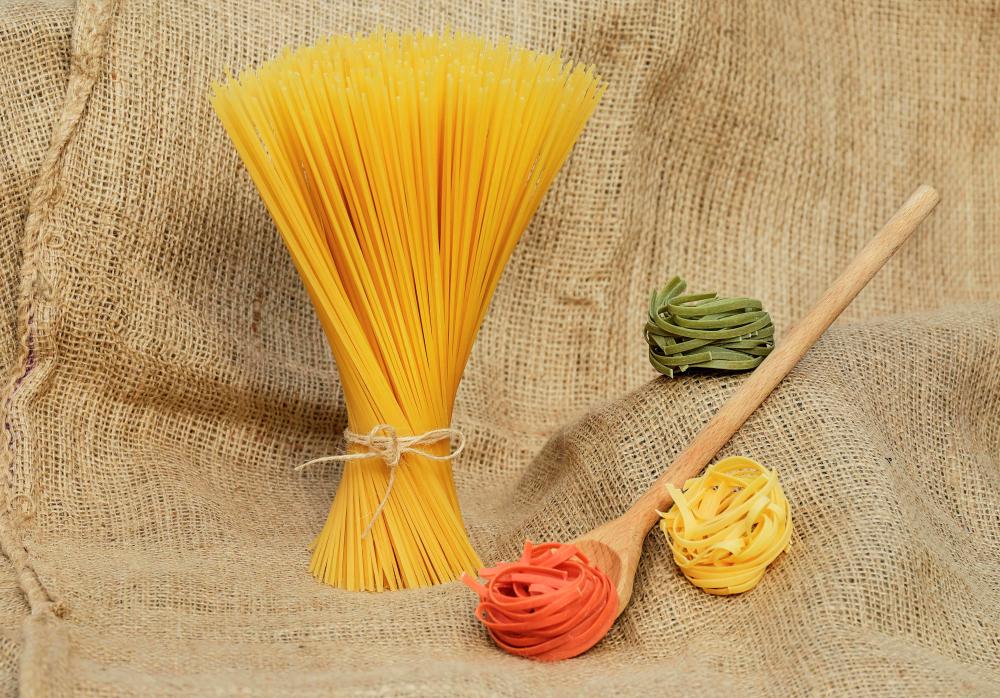THE Italian staple food pasta has a rich history and comes in various shapes and sizes, each with its own unique characteristics and culinary applications. Here are some interesting facts on seven types of pasta that explore their origins, characteristics and the best ways to enjoy them.
Spaghetti
Spaghetti, one of the most well-known and beloved pasta shapes, traces its roots back to Southern Italy. Its name derives from the Italian word spaghetto, meaning thin string or twine. Long, thin and cylindrical, spaghetti is often associated with traditional Italian dishes such as spaghetti carbonara and spaghetti bolognese. Its versatility makes it a staple in kitchens around the world. Spaghetti pairs well with a variety of sauces, from a simple tomato and basil sauce to a creamy Alfredo. It is also a popular choice for pasta salads and stir-fry dishes.
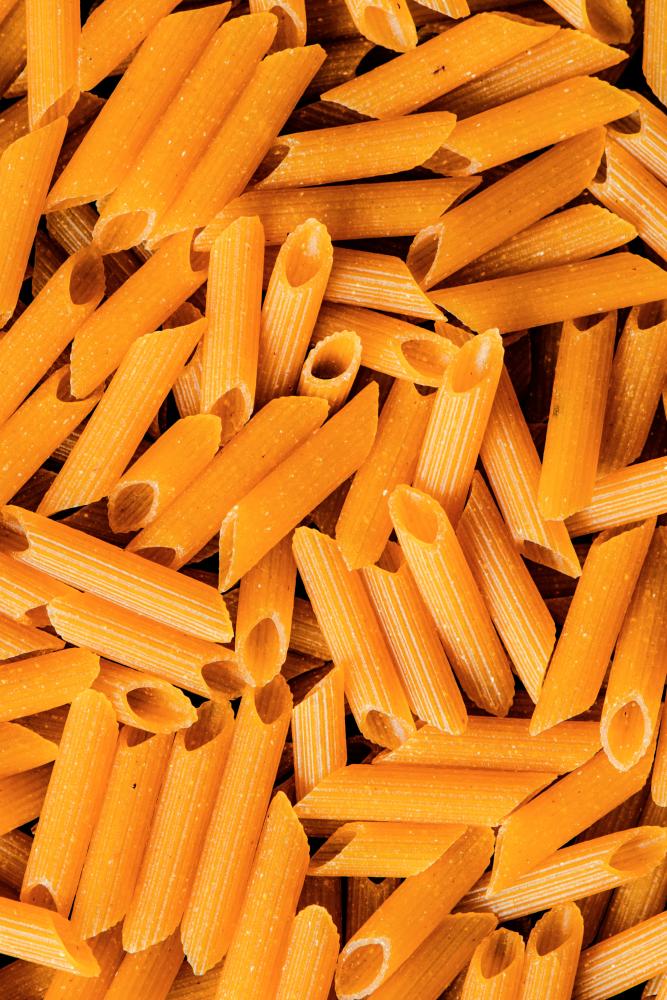
Penne
Penne, originated in the Campania region of Southern Italy, has a distinctive tube shape and diagonal ends. The word penne comes from the Italian word for quill, which the shape resembles. Penne pasta is short, hollow and diagonally cut at the ends, creating a versatile shape that holds sauce effectively. Its ridges make it ideal for capturing chunky sauces and small ingredients. Penne is often used in baked pasta dishes such as baked ziti or penne alla vodka. The shape also makes it suitable for salads and soups.
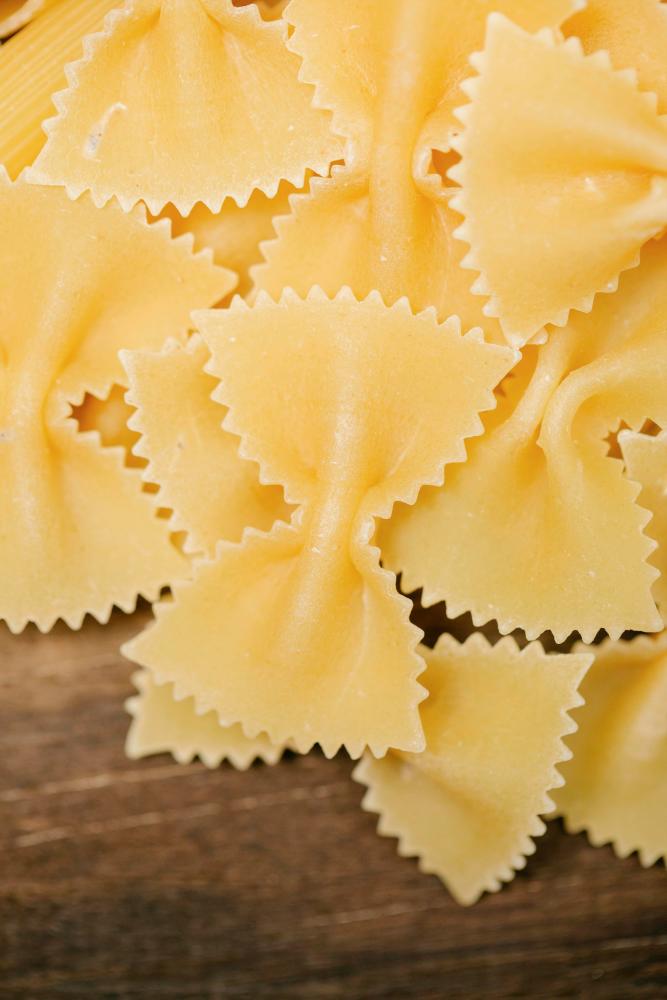
Farfalle
Farfalle, also known as bow-tie or butterfly pasta, has its origins in Northern Italy. The name farfalle means butterflies in Italian, reflecting its distinctive shape. Farfalle pasta is shaped like small bows or butterflies, with pinched middles and flared edges. Its flat, broad surface area makes it perfect for holding creamy sauces and vegetables. Farfalle is commonly used in pasta salads as well as dishes such as farfalle with pesto or creamy mushroom sauce. Its unique shape adds an elegant touch to any presentation.
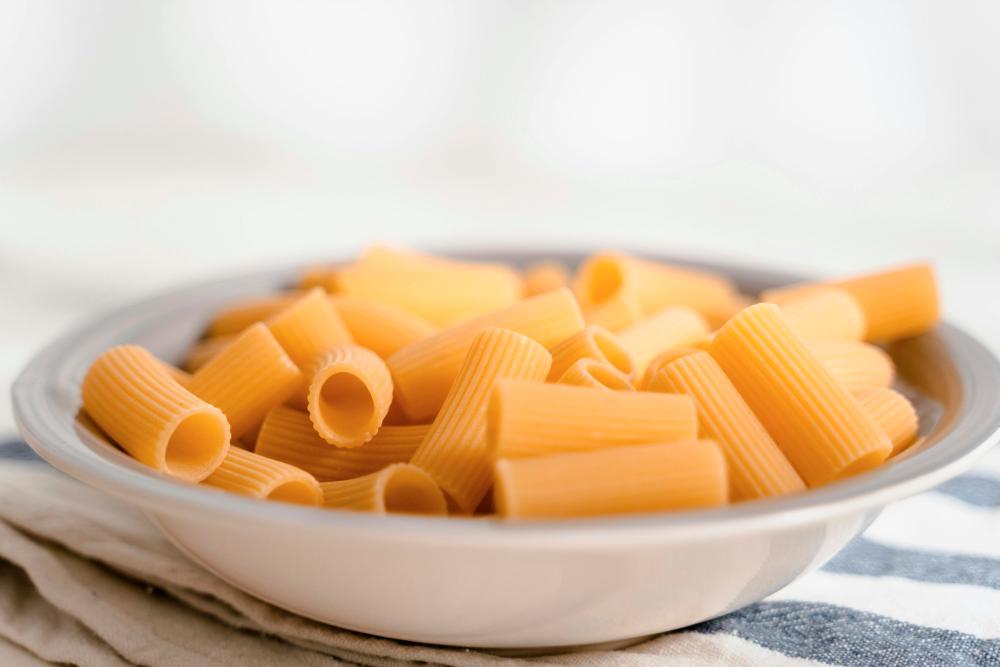
Rigatoni
Rigatoni, a staple of Italian cuisine, hails from Central and Southern Italy. The name rigatoni comes from the Italian word rigato, meaning ridged or lined. Rigatoni is a large, ridged pasta tube with square-cut ends. Its robust shape and texture make it ideal for capturing thick sauces and holding up well in baked dishes. Rigatoni is slightly larger and curvier than penne. Rigatoni is commonly used in hearty pasta dishes such as rigatoni alla carbonara or baked rigatoni with sausage and peppers. Its ridges and large diameter make it a favourite for dishes with chunky sauces.
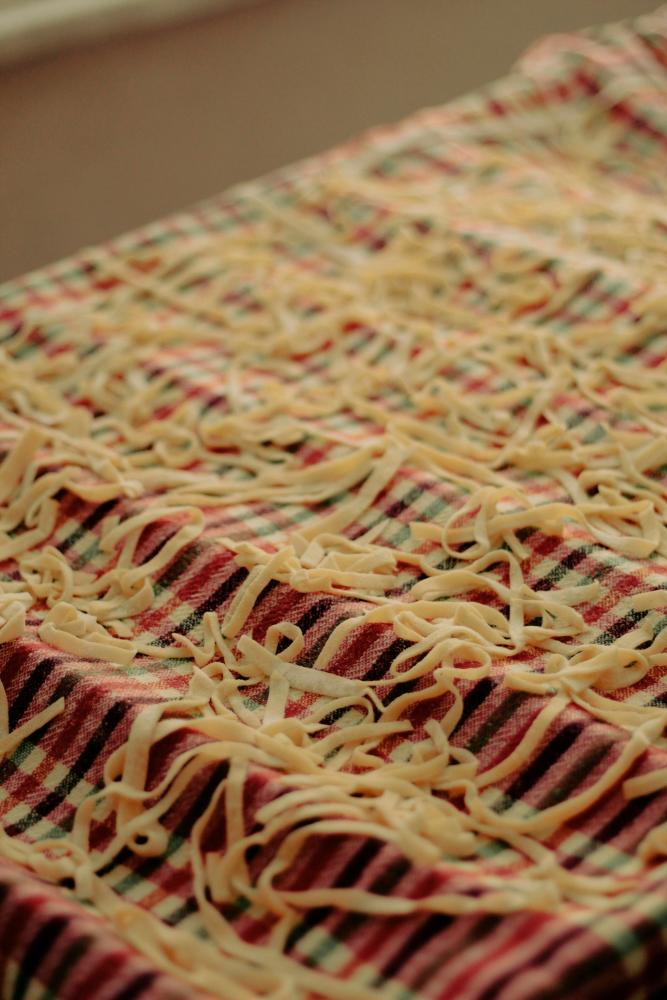
Linguine
Linguine, a close relative of spaghetti, originated in the Liguria region of Italy. The name linguine means “little tongues” in Italian, referring to its flat and narrow shape. Linguine is similar to spaghetti but flattened with a wider surface area. Its flat shape allows it to pair perfectly with seafood and light, oil-based sauces. Linguine is commonly used in dishes such as linguine alle vongole (linguine with clams) and linguine with shrimp scampi. Its delicate texture and ability to hold light sauces make it a versatile choice for various recipes.
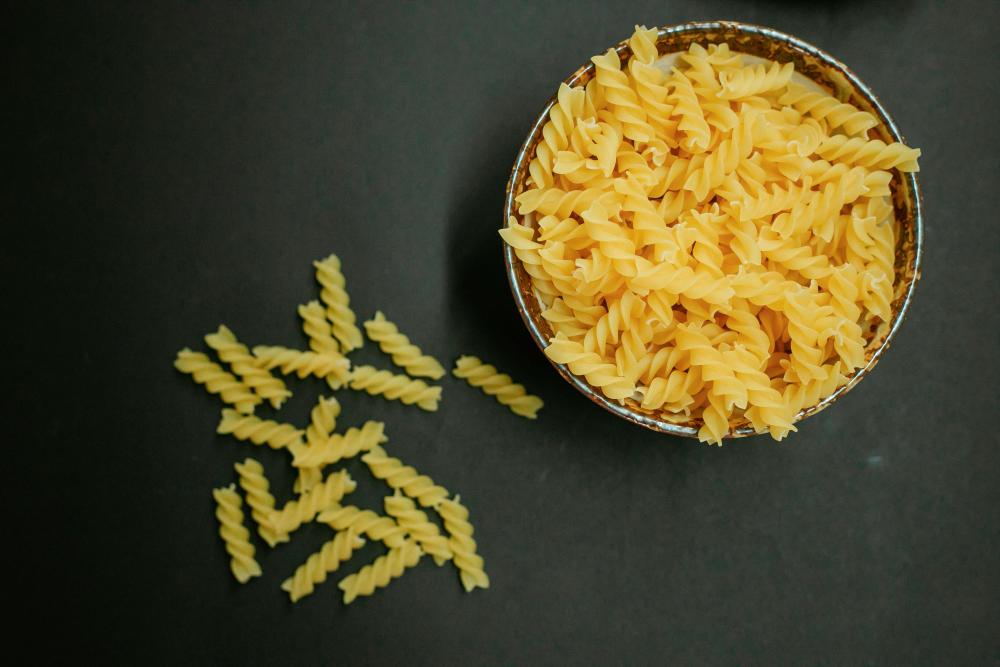
Fusilli
Fusilli, known for its spiral or corkscrew shape, has its origins in Southern Italy. The name fusilli comes from the Italian word fuso, meaning spindle, which describes the tool historically used to shape the pasta. Fusilli is a short, spiral-shaped pasta with a twisted, corkscrew-like appearance. Its spring-like shape holds sauces well, making it a popular choice for a wide range of dishes. Fusilli is often used in pasta salads, casseroles and baked dishes such as fusilli al forno. Its unique shape adds visual interest and texture to any recipe.
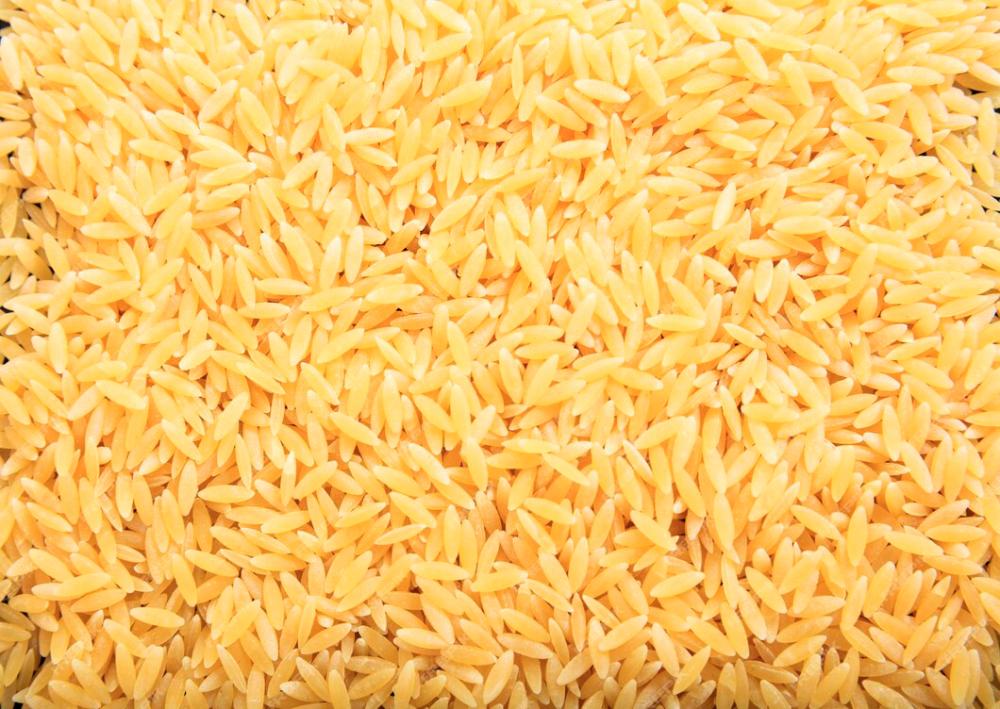
Orzo
Despite its rice-like appearance, Orzo is a type of pasta that originated in Italy. The name orzo means barley in Italian, reflecting its small, rice-like shape. Orzo is a small, rice-shaped pasta that resembles grains of barley. Its small size and delicate texture make it perfect for soup and salads. Orzo is commonly used in dishes such as Greek orzo salad, lemon orzo soup and creamy orzo with spinach and Parmesan. Its versatility and quick cooking time make it a convenient option for a variety of recipes.
Pasta comes in a wide array of shapes and sizes, each offering its own unique characteristics and culinary possibilities. So, the next time you are in the mood for pasta, do not be afraid to experiment with different shapes and flavours.



